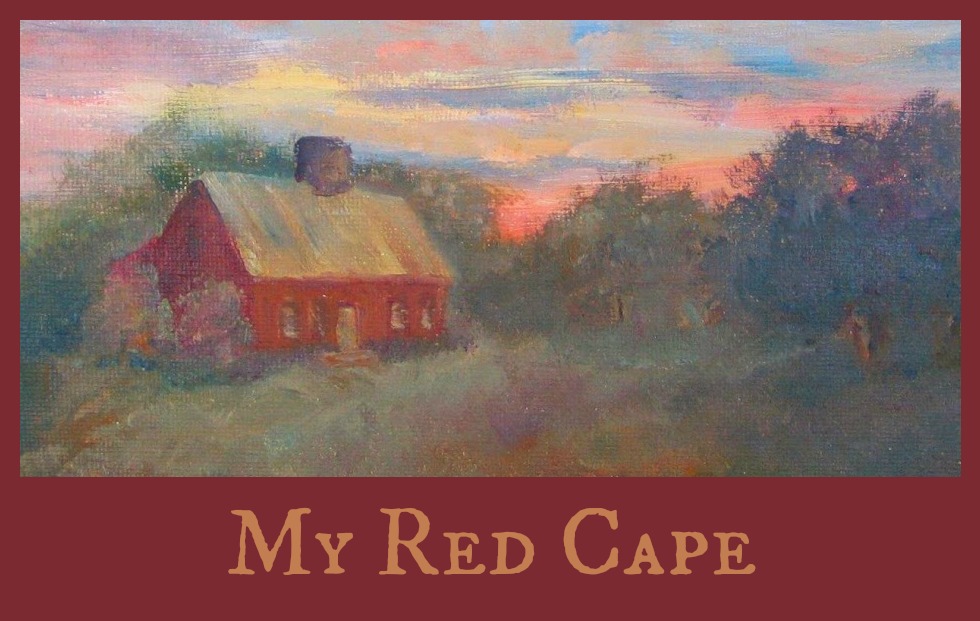A more pronounced difference in colors within the same area, whether a background or a border or a figure, is striation. We respond to the stimulation of well-used striation, which leads our eyes to move around in a design. We feel jangled by striation that is too harsh or busy. A Simple design can generally use exuberant striation to advantage more readily than a busy design.
Strong variation of the same color can result in striation. The effect of this is muted , if desired, by not putting the darkest strands next to the lightest ones, but by using an intermediate value between them to lessen the contrast. An example would be multicolored gays used for a background, some much lighter and some noticeably darker than average.
Bolder striation is achieved in the opposite way by placing values for the strongest contrast. Flame stitch bargello often makes use of this device.
Striation involving the use of different colors is called "Hit and Miss" by many of us. Again this type of striation may be bold or muted as it suits the rug maker. I start by selecting a group of colors that I like together, and place them very deliberately to take advantage of compliments and other pleasing combinations of color. I deliberately choose each strand as I work. The strand I pick up is intentional not random. There is nothing hit or miss about it. True "Hit and Miss" is for the very brave who wish to achieve a very naïve and primitive hooked rug.
The Rooster rug, which I hooked in 1978, shows striation in the border and background. This rug was hooked on burlap and lay on the floor for many years, acquiring wear and fading. I believe it could be mistaken now for an old rug of an earlier date. e
Remember to always click on any picture in this blog to make it larger.

